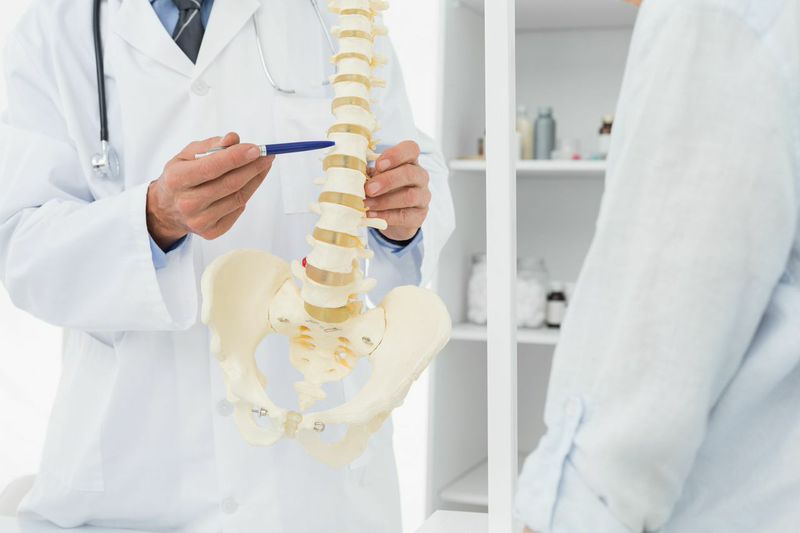ALIF Procedures

Anterior Lumbar Interbody Fusion (ALIF) is a highly effective surgical procedure designed to treat chronic back and leg pain caused by conditions like degenerative disc disease and spondylolisthesis. The term 'anterior' refers to the unique surgical approach, where the surgeon accesses the lumbar spine through an incision in the lower abdomen rather than the back. This direct path allows for a complete removal of the damaged disc and the placement of a large, supportive implant to restore spinal alignment and facilitate a robust fusion. By avoiding disruption to the critical back muscles, nerves, and bones, the ALIF procedure often leads to less post-operative pain, a quicker recovery, and excellent long-term outcomes for appropriately selected patients.
The ALIF procedure is performed under general anesthesia using a 'team' approach. A general or vascular surgeon, known as an 'access surgeon', makes an incision in the lower abdomen and expertly retracts the abdominal muscles and organs. This creates a clear and protected corridor to the front of the spine. They also carefully work around the major blood vessels, the aorta and vena cava, ensuring the spine surgeon has safe and unobstructed access to the surgical site.
The spine surgeon then performs a complete discectomy. The anterior approach is particularly advantageous as it allows for a more thorough removal of the entire damaged disc before the bone surfaces are prepared for fusion. With the disc space cleared, a large structural cage, typically made of PEEK or titanium and filled with bone graft material, is inserted into the empty space. The large size and surface area of this implant provide immediate stability, restore disc height to decompress nerves, and help correct the spine's natural curve, creating an ideal environment for a robust fusion..
Recovery after an ALIF procedure is often faster than traditional posterior fusions because the major muscles of the back are left undisturbed. Patients typically spend a few days in the hospital and begin walking the day after surgery. A structured rehabilitation program helps patients regain strength and function. While the cage provides immediate support, the biological process of fusion takes several months. The procedure has a very high success rate in reducing pain and improving function, making it a gold-standard treatment for many debilitating lumbar spine conditions.